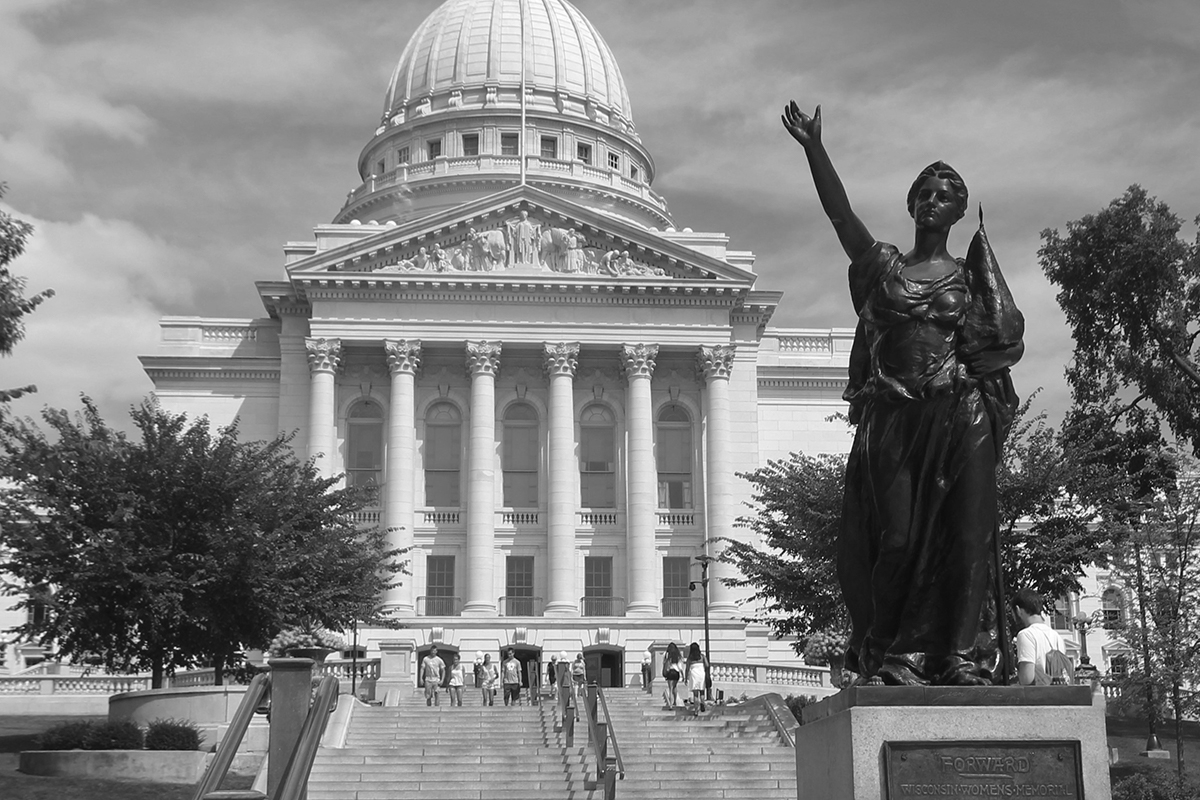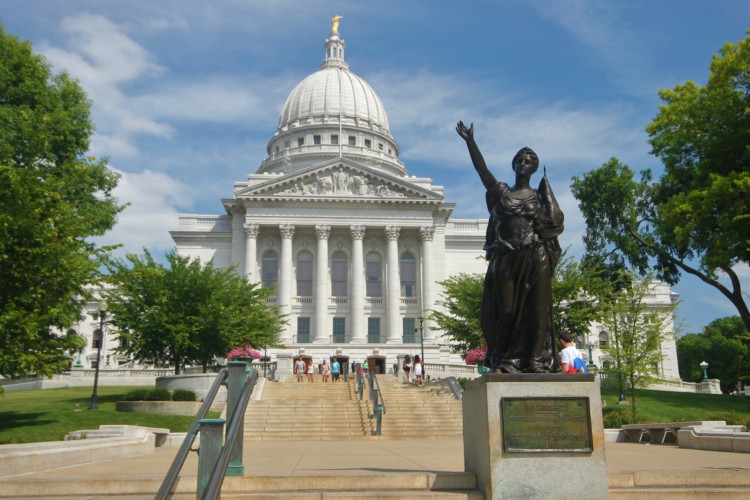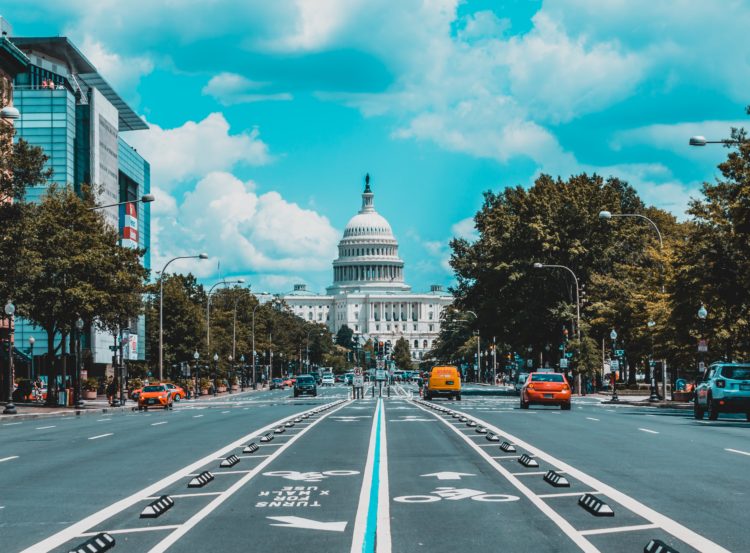Social scientists are producing thousands of studies relevant to policy decisions, and policymakers are making thousands of decisions that would benefit from research evidence. Policymakers prefer to hear directly from researchers about their findings (Scott, 2021), so why is it that a disconnect often exists? What does the science say about how researchers could more effectively engage with policymakers?
A new era of theory furnishes the explanatory frameworks it will take to make researchers more effective across policy settings. Community Dissonance Theory conceptualizes researchers and policymakers as two separate communities that confront different questions of interest, employ different decision-making processes, and speak different languages (Bogenschneider & Corbett, 2021; Bogenschneider, Corbett, & Parrott, 2019). The theory’s foundational premise is that researchers can more effectively engage policymakers if they begin with the basics of better understanding the policy community—its inhabitants, institutions, and culture.
Understanding the Inhabitants of the Policy Community
A first step in engaging policymakers is doing your homework—learning about the individuals you want to approach rather than making a cold contact without knowing about their background or interests. In interviews of researchers rated as the best speakers at Family Impact Seminars, they reported an outsized payoff of one basic element of advance preparation—clarifying what questions policymakers are asking and why they are interested. One researcher relayed a compelling account of how not having this information can render research of limited utility. When a policymaker requested cost estimates of guaranteed child support, the researcher calculated why it would be good to start small to avoid the large cost of going big. The researcher later learned that the request came from a policymaker who was planning to run for governor and wanted to show a big effect regardless of cost.
I missed the question. . . . I actually had the tools to answer the question that he wanted to know, but I hadn’t prepared for it. . . . It is really important to get the question right—to understand what the policymaker is hoping for. . . [what their] value-schema is, how they evaluate the trade-offs between cost and coverage. . . . The more I can understand what the policymaker is hoping for, the more information I can provide.
The gubernatorial candidate decided not to make child support a part of his campaign. The researcher wonders to this day what might have happened if he had done his homework.
Understanding Decision Making Processes in the Policymaking Institution
Researchers often suggest that we should hold trainings for policymakers on the scientific process and how to screen studies for quality. However, social scientists who have effectively engaged policymakers contend that the burden falls on researchers to figure out how the policymaking process works. In our recent study of 225 state policymakers, legislators recounted how their job is “different than any other line of work,” which makes it “tough for people outside to always get a full grasp on why we do some of the things we do.” Researchers often misconstrue the use of research in policymaking by projecting onto it the way the scientific method works—a systematic step-by-step process that progresses toward a clearly defined goal. In contrast, policymaking is a fluid, deliberative process with research used at multiple points for a patchwork of purposes. In our studies, policymakers rely on research to reinforce their own reputation as a trustworthy information source, to raise questions that can frame the terms of policy debate, or to negotiate how far a policy proposal can stray from what science says is ideal.
Another mistake many researchers make is failing to differentiate whether a policymaker’s request needs a response in political time or policy time. Political time refers to short-term crises or pressing public priorities that require researchers to drop everything and respond immediately if they want to have an impact (Henig, 2008). Policy time refers to requests that come outside the hectic legislative session, such as those from study committees designing legislation in a legislature’s interim period or from legislators working on long-term policy agendas. One researcher described his experience working on a 15-year effort to put affordable drug therapy on the decision-making agenda.
Understanding the Culture in Which Policy Decisions are Made
Effectively engaging policymakers can be likened to becoming bilingual or bicultural. The encouraging news is that effective communication with policymakers is something that can be learned, much like learning a new language. One communication barrier that researchers face is the curse of knowledge. Researchers can easily forget that other people do not know as much as they do about their area of expertise. Science writers recommend simplifying the message by communicating it in fewer words rather than more words, in easy words rather than hard words. Yet they caution that this does not mean “dumbing down” or oversimplifying, but rather using the fewest number of words to convey a great deal of information. So, the ideal is not a sound bite. The ideal is not a simple idea. The ideal is a worthy idea, simply stated (Heath & Heath, 2007).
Another way researchers can overcome the curse of knowledge is by illustrating their findings with a story or anecdote. A new era of neuroscience has shown narratives are effective because they excite certain regions of the brain that result in greater retention (Olson, 2018). Researchers have an edge in storytelling because they can move beyond a story that is true for a single youth or family to supply scenarios that are representative of a significant portion of the population. For researchers who are accustomed to the formulaic structure of journal articles, the science behind story structure can open up new possibilities for getting research across to policymakers.
Putting it all Together
For researchers, the work does not end when a study is published. To move research beyond the pages of a journal, my co-author Thomas Corbett and I detail best practices for engaging policymakers in the second edition of our book, Evidence-Based Policymaking: Envisioning a New Era of Theory, Research, and Practice. Here, we share first-hand accounts of the tribulations and triumphs of researchers who have conducted and communicated policy-relevant research. One lesson is clear: Engaging policymakers encompasses far more than crafting a catchy message. It depends on building on the three basic elements of community dissonance theory. First, effective engagement depends on taking the initiative to reach out to inhabitants of the target policy community and learn about their questions of interest. Second, effectiveness entails becoming familiar with a policy institution’s decision making process to determine the times and places where research is most likely to be used. Finally, effectiveness involves understanding the policy culture where lawmakers turn to information sources they know and trust. We can boldly enter a new era of engagement equipped with best practices from those who study it and do it.
References
- Bogenschneider, K., & Corbett, T. J. (2021). Evidence-Based Policymaking: Envisioning a New Era of Theory, Research, and Practice(2nd edition). New York, NY: Taylor & Francis Group.
- Bogenschneider, K., Corbett, T. J., & Parrott, E. (2019). Realizing the promise of research in policymaking: Theoretical guidance grounded in policymaker perspectives. Journal of Family Theory and Review, 11(1), 127–147. https://doi.org/10.1111/jftr.12310.
- Heath, C., & Heath, D. (2007). Made to stick: Why some ideas survive and others die. New York, NY: Random House.
- Henig, J. R. (2008). Spin cycle: How research is used in policy debates: The case of charter schools. New York, NY: The Russell Sage Foundation.
- Olson, R. (2018). Don’t be such a scientist: Talking substance in an age of style. Washington, DC: Island Press.
- Scott, T. (2021, April). Testing science communication strategies and impact among legislators in the era of COVID-19. [Video Presentation]. Presented for the Edna Bennett Pierce Prevention Research Center, Pennsylvania State University, State College, PA.





